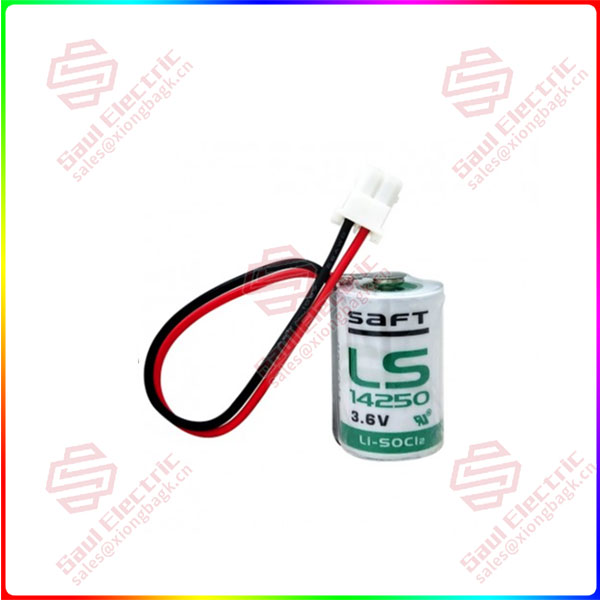Grating can be used in many scenarios, in the industrial control industry has been a large number of applications, its main use characteristics is to partition the source of danger, to avoid personnel (upper and lower limbs or the whole body) due to unconscious into the dangerous area caused by accidents, can be said to be a very important “safety” line of defense.
With the improvement of automation requirements, automatic conveying systems are presented in different scenarios.
A certain production step in the production line needs to suppress the protection function of the grating to maintain the rhythm of production: materials pass through the grating when entering and leaving the processing area (that is, the danger area), and if the grating is triggered every time to stop operation, it is obviously unable to maintain the efficient operation of the production line; But it would be extremely unwise to ignore this safe “vacuum period” for the sake of efficiency.
While maintaining the production rhythm, we also have to take into account this safe “vacuum period” to prevent someone from “plotting.” Therefore, the shielding function of grating has a lot of practical needs.
The definition and attention points of shielding function
The act of temporarily and automatically suspending safety functions by controlling safety-related components of a system is called masking. Some points to note are:
It’s temporary. As the name suggests, the act of masking cannot be performed permanently.
It’s automatic. There is no human action to trigger or eliminate this function.
This part of the control requires the involvement of security systems. “Only magic can defeat magic”, to suspend the security function, it must be dominated by other security functions.
Features of L-shaped shield mode
L-type shielding mode is a special form of shielding, and has many different characteristics from other shielding modes:
1. Composition characteristics
The L-shield requires two separate sensors, as well as the main vertically mounted grating (consisting of a transmitter and a receiver). It should be emphasized that the L-type shield can only be applied to the scene where the material is transported from the dangerous area, that is, the transportation trajectory can only be in a single direction.

4943013-6
2. Install restrictions
Two shielded sensors can only be installed on the same side of the grating (danger zone). The sensor closest to the grating must be less than 200mm away. The height of the bottom protection point of the grating and the conveying plane shall not exceed 300mm. The object of the shielding sensor should be the material rather than the base or transfer unit. Avoid a large distance between the side edge of the material and the grating (not more than 200mm is recommended), so that personnel can enter the hazardous area through this gap during the material shielding stage. If it is really impossible to adjust the position of the two, then if the conditions allow, adding a baffle to reduce the gap of this part is also a common way.
3. Execution conditions
A. When the material is transported out, the shielded sensor away from the grating must be triggered first.
B. After triggering the first shield sensor, the material must sense the second shield sensor within a limited time (not more than 4 seconds). The signal of the first shielded sensor cannot be lost before triggering the signal of the second shielded sensor.
C. When the second shielded sensor signal is also triggered, the shielding function takes effect and the material can block the grating without cutting off normal operation. At the same time, the “shielding timer” is triggered, and the shielding function needs to end within a limited time, and the timing can be effectively set according to the production needs and risk assessment. If the shielding function is not eliminated beyond the set time, the system needs to be stopped.
D. The material continues to travel, under normal circumstances will first leave the first shielded sensor, at this time, to maintain normal function, the material must leave the dangerous area within 4 seconds, the grating signal is restored, the system can maintain normal operation.
All the above limitations, if you want to take into account and do well, then this program code must be very good.
Choose the PNOZmulti2 control system of Pilmagnetic, then everything becomes very simple. PNOZmulti 2 especially provides safety function blocks for L-type shielding, which can give full marks in terms of ease of use and reliability of safety function, greatly reducing the work burden of design engineers.
 1 Year Warranty
1 Year Warranty





